Introducing antibeige
The joys of being different
antibeige – The joys of being different

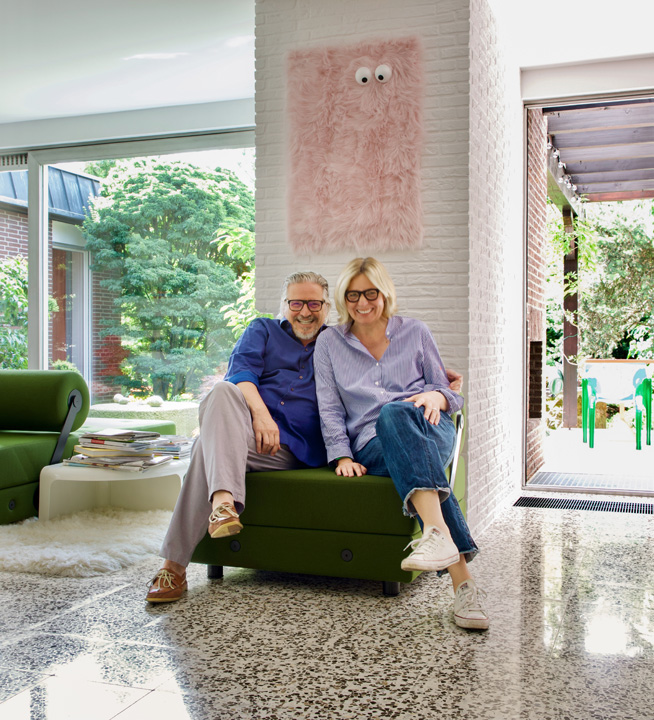
»You are rewarded with great stories if you want to understand why something came into being.«
‘Beige is not a colour, but a problem’, you write on your website. Why is that? And is there such a thing as ’good beige’?
Ulla: (laughs) Yes, there is. We just had a beige wall unit installed in our home: a cube that can be accessed from the kitchen, dining room and living room.
Mathias: antibeige as a concept was initially a reaction to what surrounded us. When we were looking for a flat, we found a lot of extremely boring bathrooms with beige tiles. You went in there and felt like you were inside a teddy bear and had the urge to rip everything out immediately. Beige is consensus and the lowest common denominator, but we love contrasts. Beige doesn’t stand out and we like things out of the ordinary. That’s how I ended up writing an antibeige manifesto …
Ulla: … and then we quite quickly decided to use this wonderful neologism for our entire enterprise. The name works well because it sticks, it’s a very good door opener.
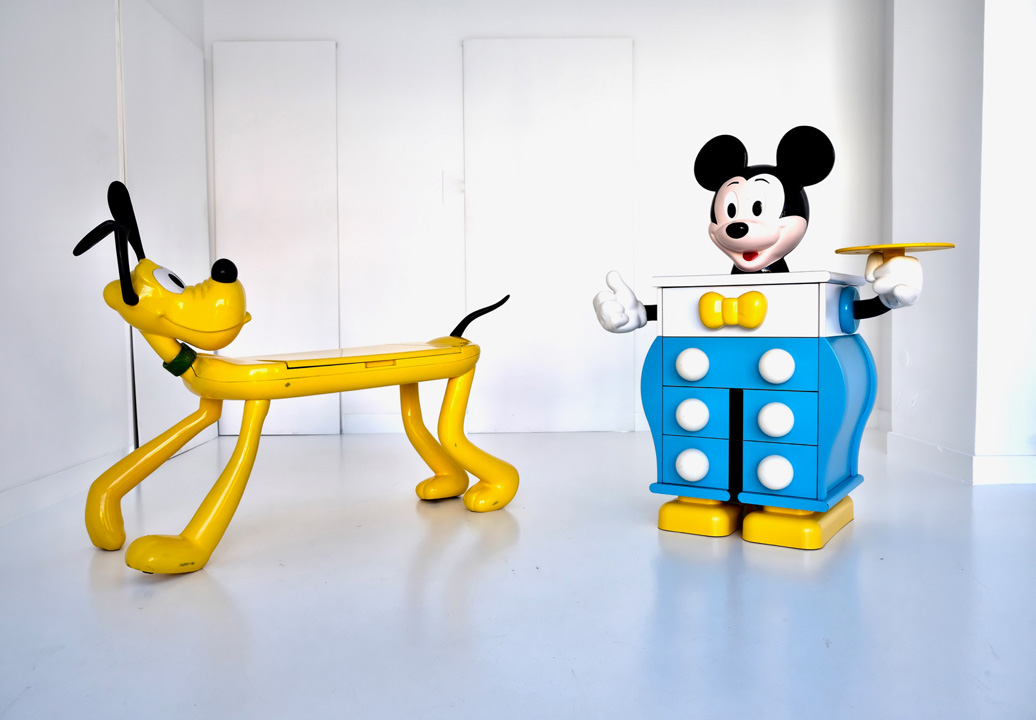
Was there an original trigger for your design enthusiasm and, consequently, for antibeige?
Ulla: If I’m honest, I didn’t care much about furniture design until we had to furnish our first flat: it was suddenly a real project, we were our own clients and had to convince each other. And the second experience was in a small museum in New York, visiting an Eames exhibition. After that, the topic lay dormant again for about 15 years and then I discovered a first generation Eames chair in a shop in Hamburg: a Bikini Swivel Wire Chair with leather upholstery on open ball-bearing castors. Brad Pitt could have stood next to it, I wouldn’t have cared. This chair attracted me to the high-end sphere and I got hooked on learning as much as possible about the business. Since then, we have tried to find furniture from the earliest production series for the gallery.
Mathias: When I moved into my very first flat, I already had very specific ideas about how everything should look. I didn’t necessarily want to live surrounded by basic Ikea furnishings. Back then, I already favoured a mixture of ‘student punk’ and one or two designer pieces. For example, I had a checker plate from a lorry ramp placed on a large cardboard box with a concrete look print. That was the kitchen table – and on top of it sat the Alessi water kettle with the bird flute.
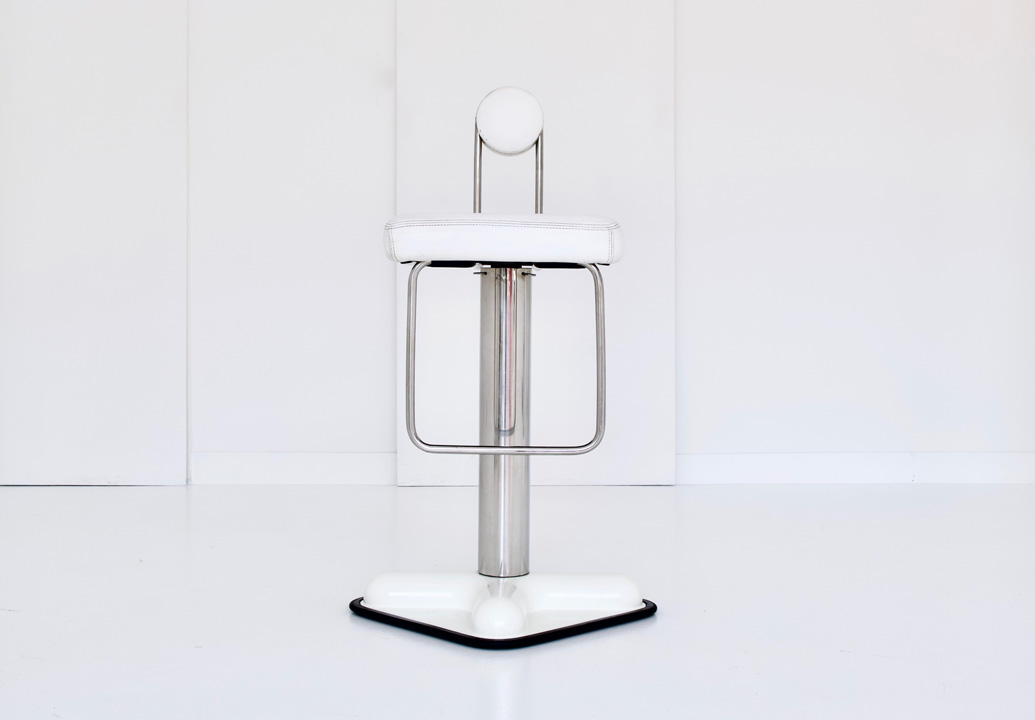
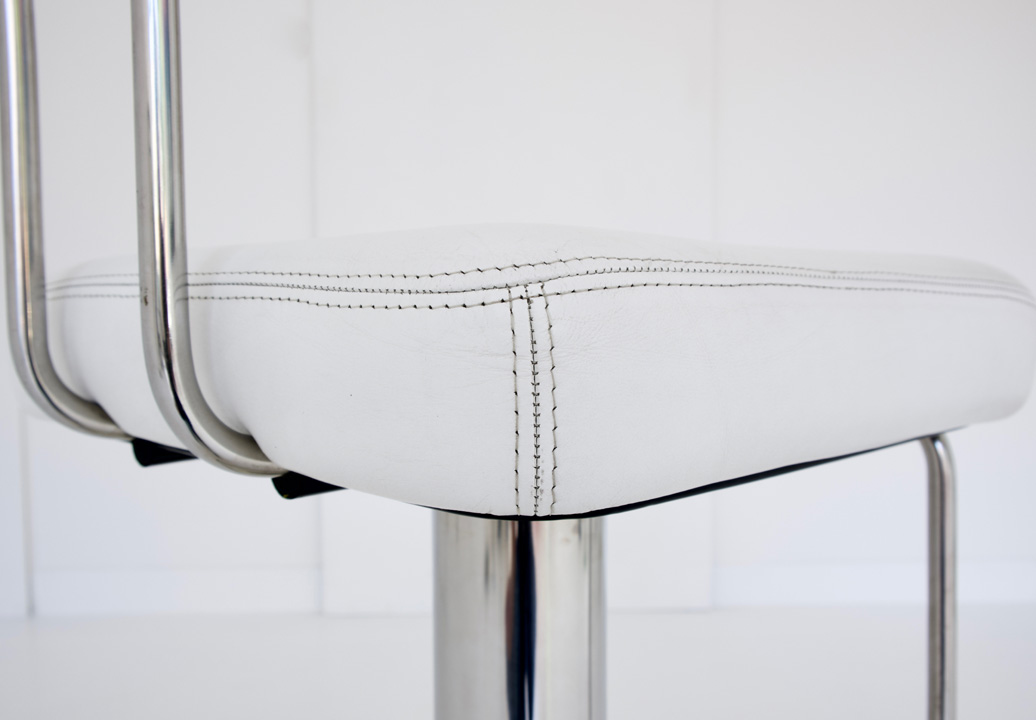
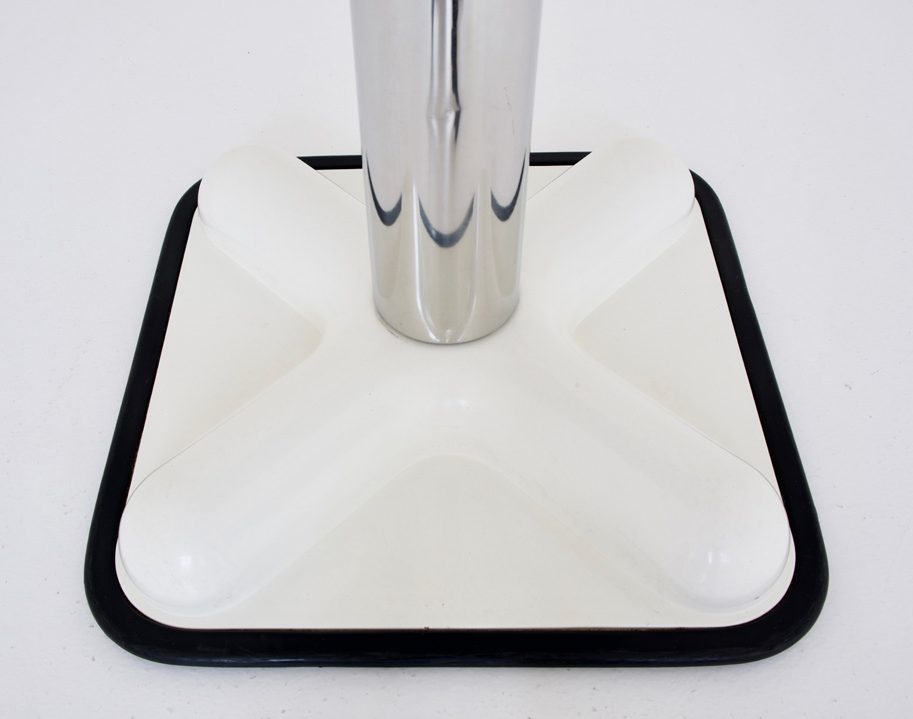
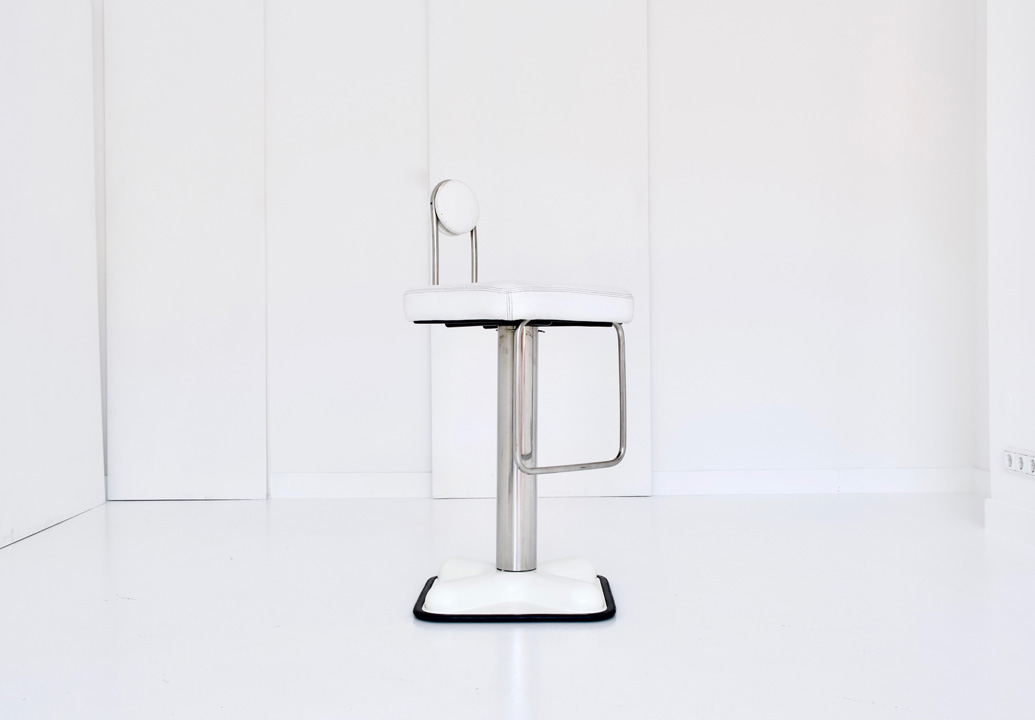
Why does antibeige focus mainly on Mid-Century furniture? What about later movements and brands such as Memphis?
Ulla: Mid-Century is simply incredibly exciting because it was a melting pot of a period. The beginnings of modernism, which were destroyed by the Second World War, sprouted again after 1945 and wonderful ideas evolved everywhere – everywhere people tried, discarded, invented and conquered new territory. But my tastes have changed over the years, because of course I’ve got to know more and more.
Ten years ago, I couldn’t imagine that I would like Memphis. Even in the sixties, there was a very intense ‘Radical Design’ movement in Italy, all the way to ‘Radical Disco’. They did some really wild stuff and, for example, in an Italian nightclub, they put up a bed of lettuce in the middle of the dance floor to dance around. By the way, this later became the Pratone Gras sofa by Gufram. And Memphis was actually the continuation of this radical ‘counter-design’ movement: bold and anarchic.
Mathias: The entire 20th century was an extremely exciting and creative time. Starting in the 1920s with ‘Art Deco’ in rivalry with Bauhaus. And then later the fight against modernism by Memphis because it seemed too formal and restrictive. There are interesting things to discover everywhere, not only visually but also technologically. For example, the use of steel tubes in the Bauhaus context, or even in today’s world, the use of plants that are deliberately shaped into a very specific growth form in which you can sit.
Your work involves a lot more work and process stages than one might think at first glance.
Let’s take the Eames lounge chair ‘Loungin’ in the desert’ from 1956, which was currently in your portfolio – can you explain what happens behind the scenes before a piece actually makes it into the antibeige range?
Ulla: The most beautiful and oldest Eames lounge chairs have a shell with a veneer of Rio rosewood – and that’s where the problems start: This wood is now protected – quite rightly – by the Washington Convention on International Trade in Endangered Species of Wild Fauna and Flora. In order to sell something like this, you need a marketing certificate (even as a private individual, by the way) confirming that it’s an old piece of furniture that was produced before 1991. Of course, this certificate can only be obtained from a state-certified expert. And there is only one, and he is also a specialist for Vitra- and Herman-Miller-furniture and can also restore these objects professionally. That’s why we have been working with this expert for over ten years.
So, the lounge chair is delivered to this expert, examined, checked and then I discuss with the restorer very precisely what we want to implement in detail in the restoration. Of course, there are standards that are always fulfilled: like renewing the upholstery, replacing the shock mounts, checking all the threads etc., to ensure that this chair will last the next 25 years. But there are also questions and decisions that are of a creative nature and offer the chance to carefully re-create a unique object.
After all, these chairs have been in continuous production since 1956, they have been a bestseller from the beginning until today. Nevertheless, by choosing new leather and making various other decisions, it’s possible to create a unique ‘new old’ piece. We really enjoy this ‘customising’. It takes an average of four months until a piece of furniture is found, bought, transported and restored and then put in the online shop and in the gallery.
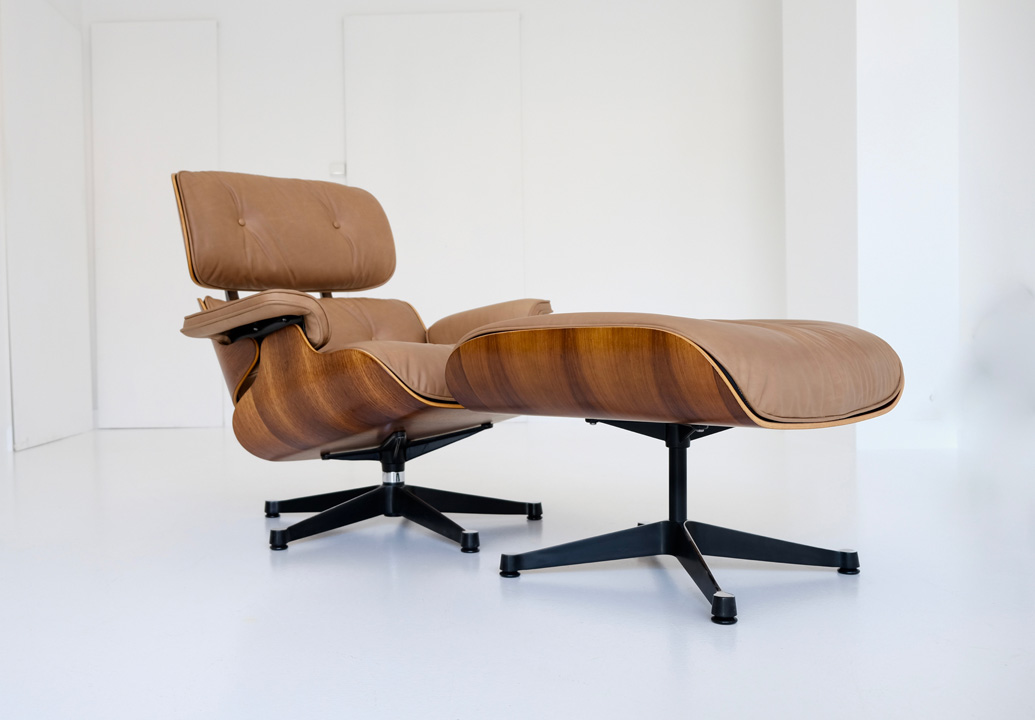
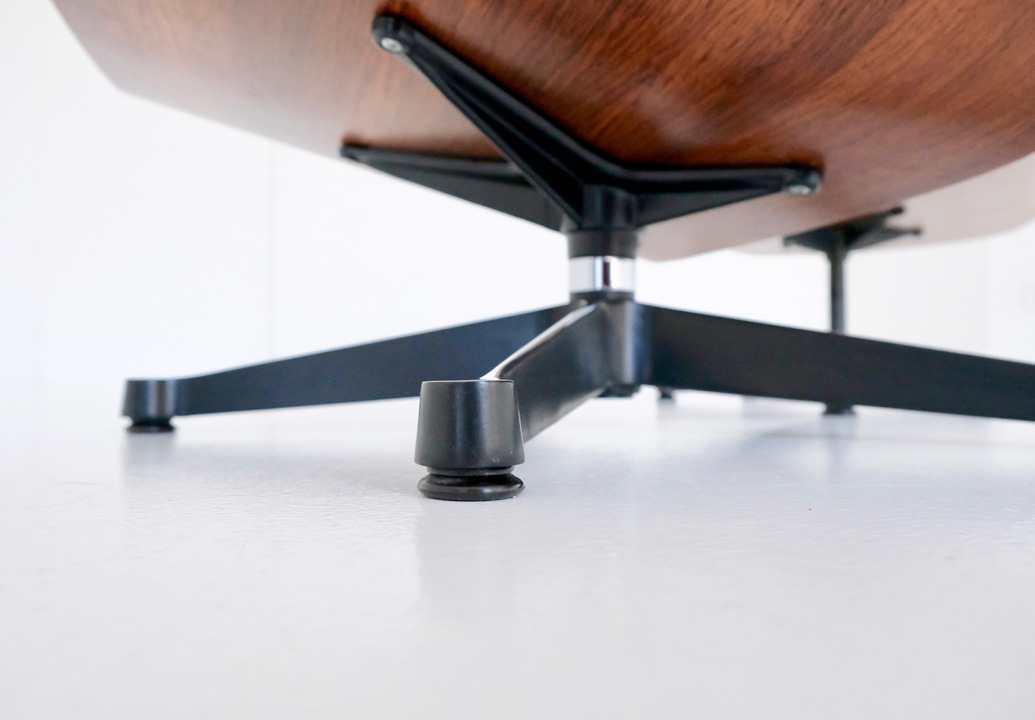
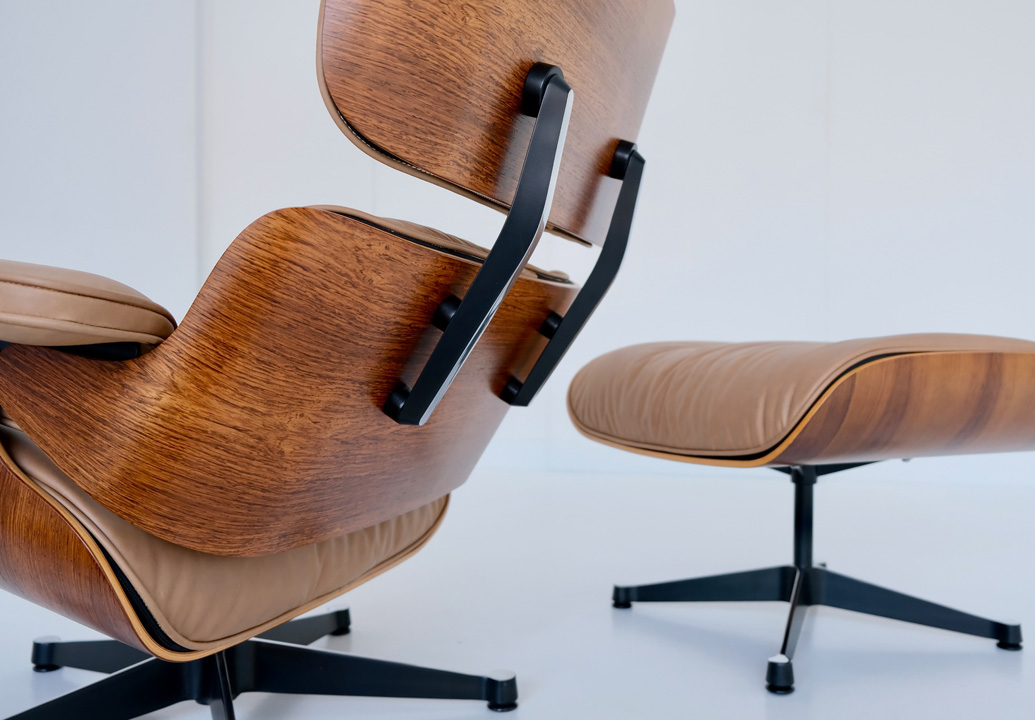
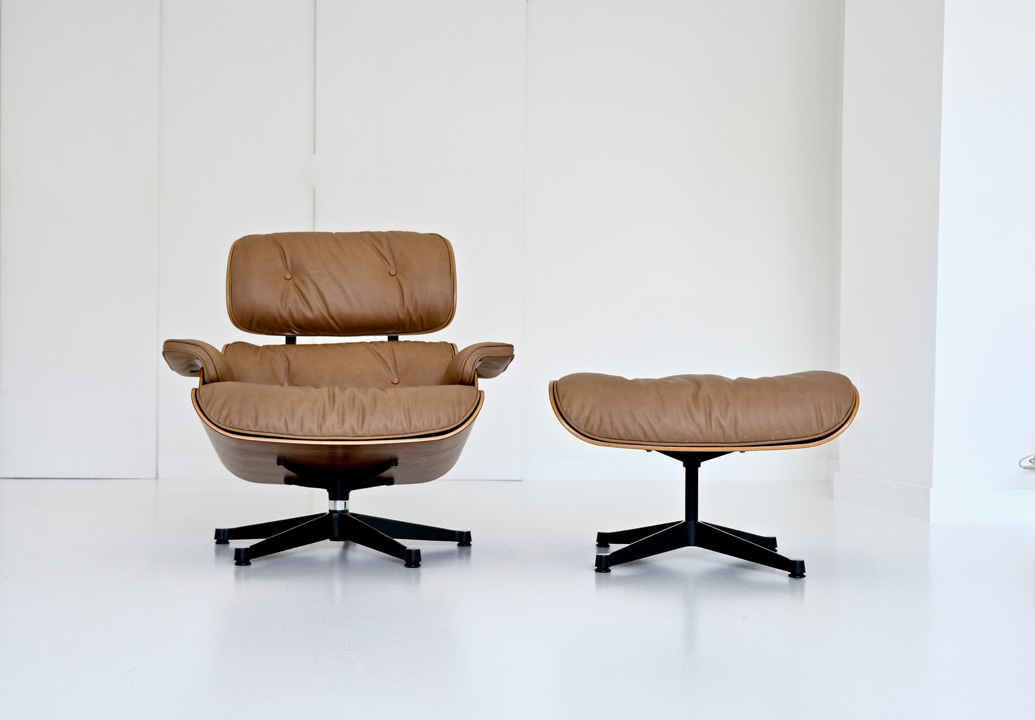
How would you describe the research work? What’s it like to search for vintage treasures?
Ulla: Best of all, our work is directly linked to two things that we value immensely. We like to travel and we like to meet and get to know people. Then there is the curation, the professional filter. You have to think about whether the respective piece on site is really as good as originally described. Often you only buy from pictures and it can happen that the quality is suddenly not as good as advertised. That’s why it’s so important to know all the people who work in this specialised niche personally.
Mathias: The range of sources from which the pieces originate is also quite exciting. On one of our first trips, we travelled through the Netherlands. After an endlessly long car journey, we ended up in the middle of nowhere in front of a huge, unadorned corrugated iron industrial hall. When the huge doors finally opened, we couldn’t help but be amazed, because in front of us stretched an area the size of a football field, full of unique and wonderful objects that you would have expected to find anywhere but there. Everything from old industrial furniture to design classics of the very highest quality.
The other extreme is an auction house in Copenhagen, where we attended a live auction. The whole hall was full of pensioners, who in this case were not the buyers, but the sellers. While the bidders on the left and right of the room were connected by telephone or online, these elderly people witnessed live how their antique everyday furniture was auctioned off for vast sums of money. A bizarre atmosphere.
You talk about ‘vast sums’. How have prices developed over the course of recent years?
Ulla: This vintage market has really become an important market internationally, where incredible sums are now being exchanged.
At the auction described by Mathias, for example, twelve ‘Egyptian Chairs’ by Finn Juhl were auctioned. These chairs are classic Danish mid-century teak chairs, beautiful but not particularly eye-catching. In fact, they went to Los Angeles that day for $120,000.
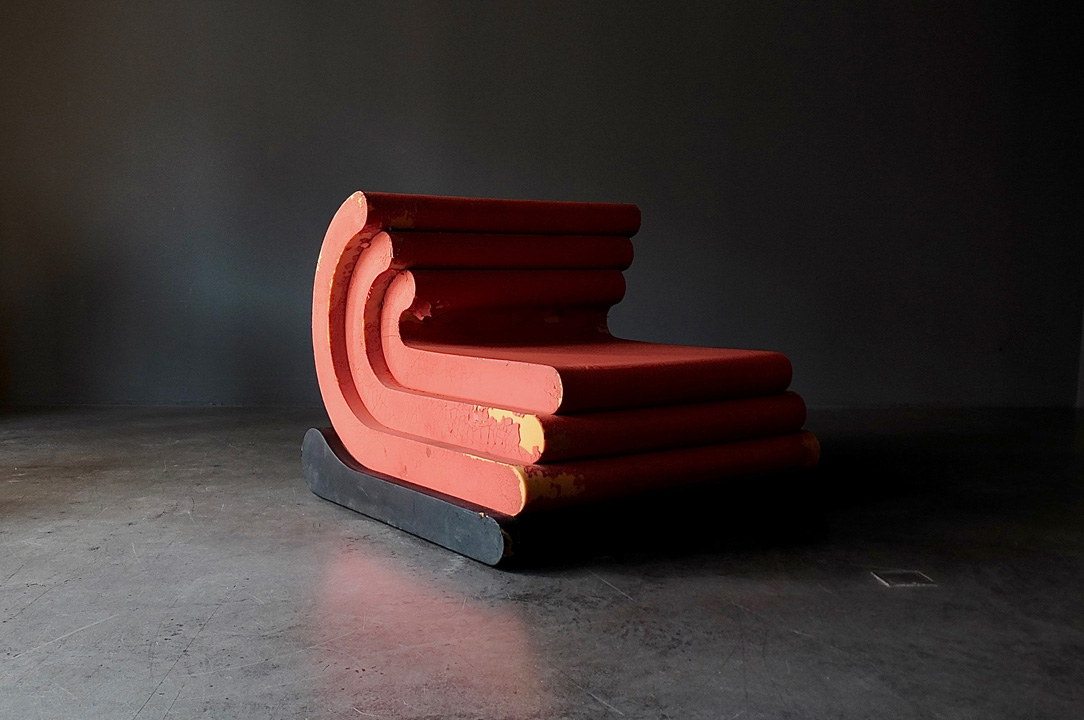
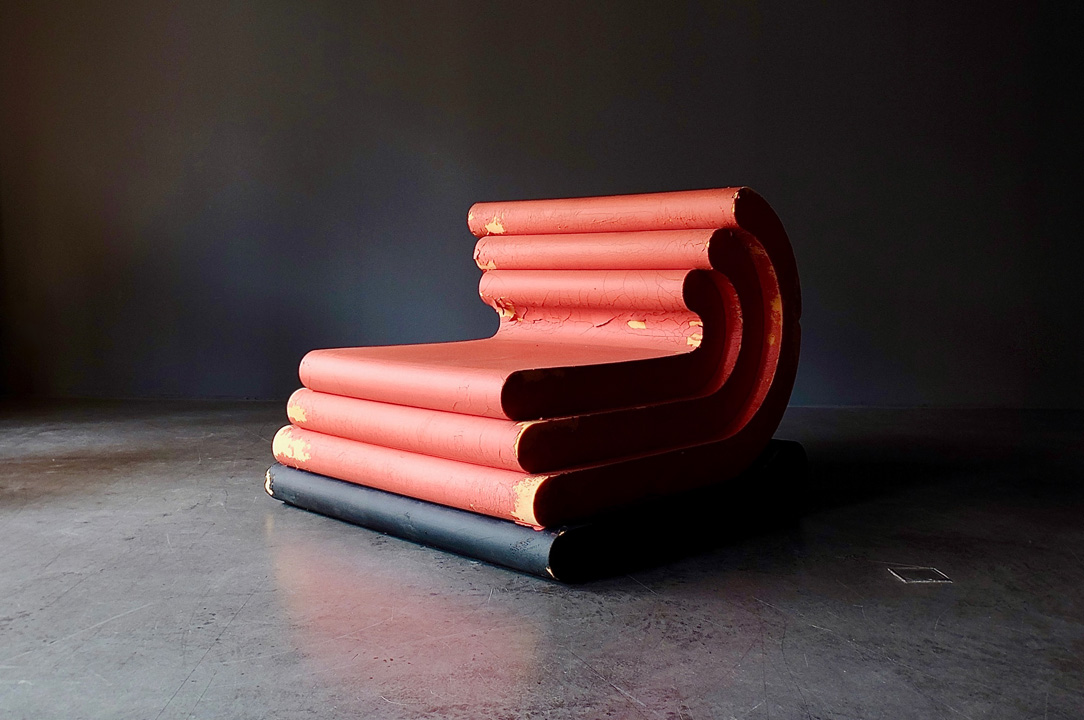
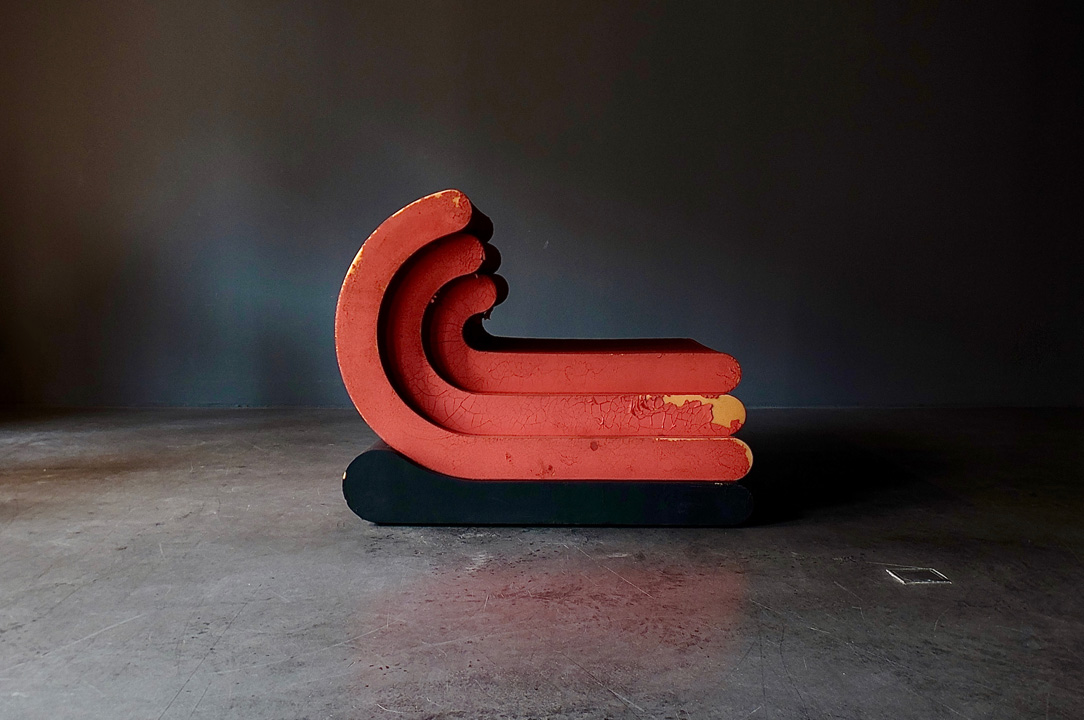
In this market, which is also full of counterfeits, are there sometimes alliances with other traders so that you can get a second opinion in case of any doubt?
Ulla: The scene is already very well connected. People know each other through various fairs that take place throughout a year. People exchange information and help each other …
Mathias: … nevertheless, the collegiality ends very quickly when it comes to getting particularly coveted pieces before everyone else. At trade fairs, for example, the real battle usually starts the night before when the trucks arrive with the goods. The doors of the trucks are opened at night in the car park, torches are shone and people check in advance whether they can buy something on the spot.
Ulla: When the actual fair opens its doors for the first time, the professionals are often already on their way home. Business is done beforehand in the car park, and at the fair there’s pastis and gossip. Yes, good torches are helpful – but I can recognise some traders even in the moonlight by the silhouette of their rear end peeking out of a truck!
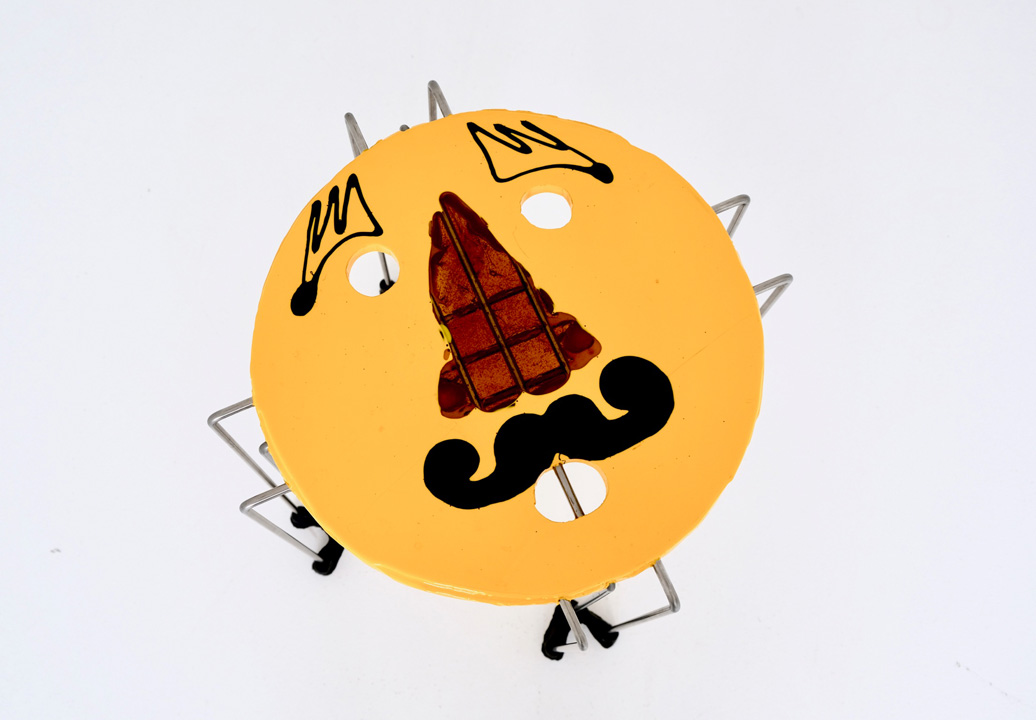
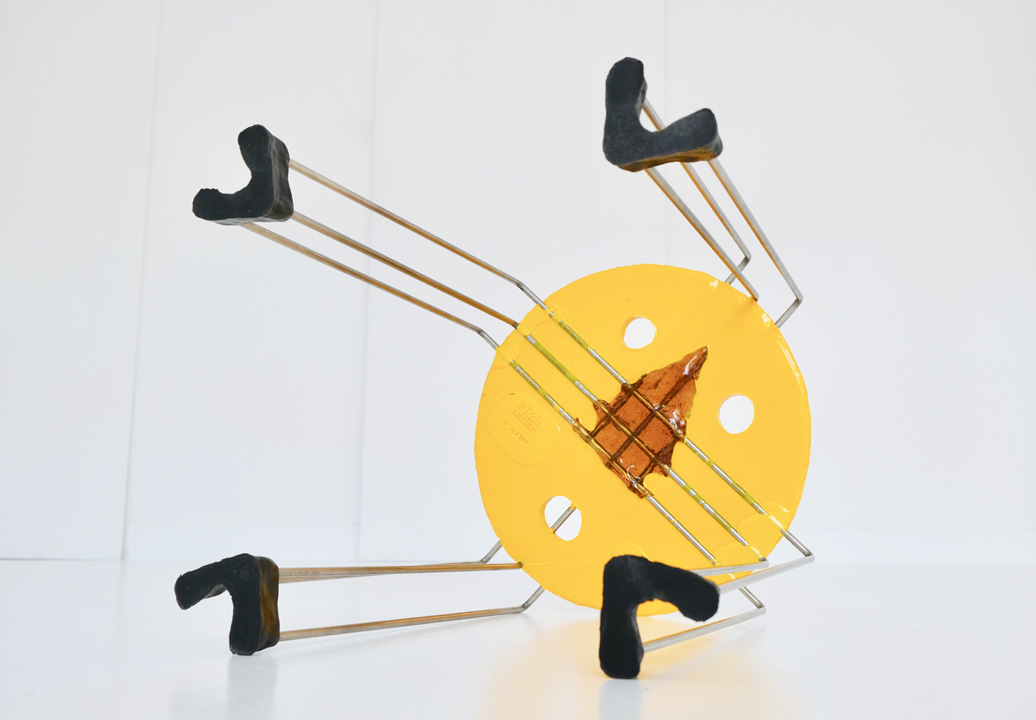
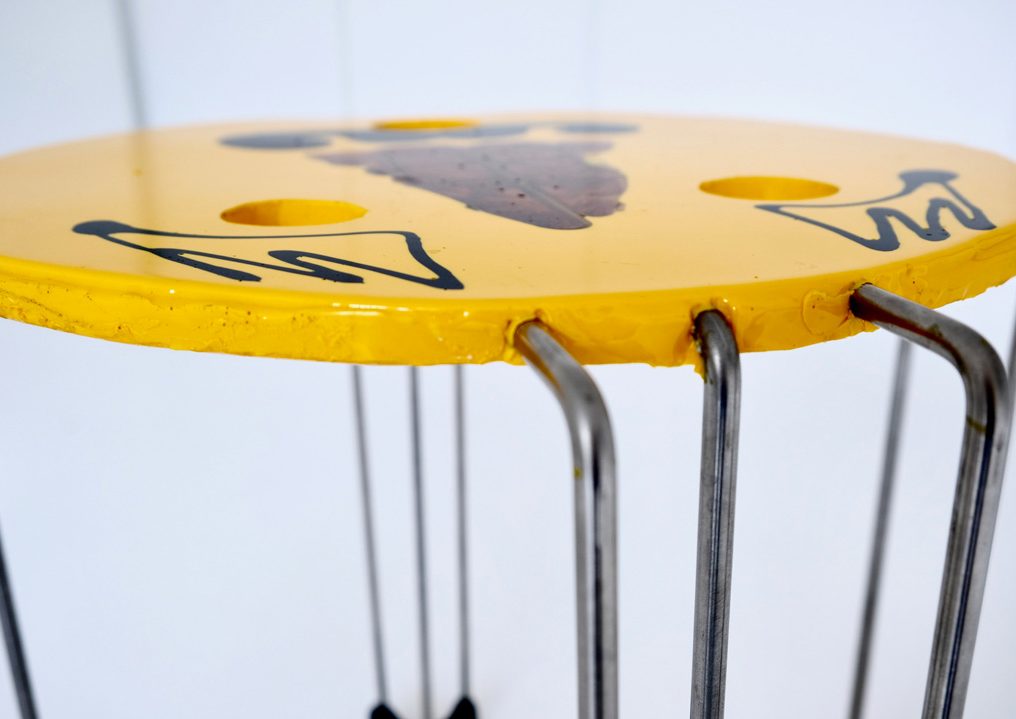
Do you have any personal Holy Grail pieces?
Ulla: In my case, it’s a 6603 lounge chair by Alexander Girard. Only a very small number of these are available on the American market and I will probably never get my hands on one.
Mathias: My dream is something by Pierre Paulin, namely the so-called ‘Ensemble Dune’. It’s important to know that during Paulin’s lifetime there were only drafts. Only now, since 2019, has Paulin’s son been able to actually realise this modular seating landscape in collaboration with his wife and his mother.
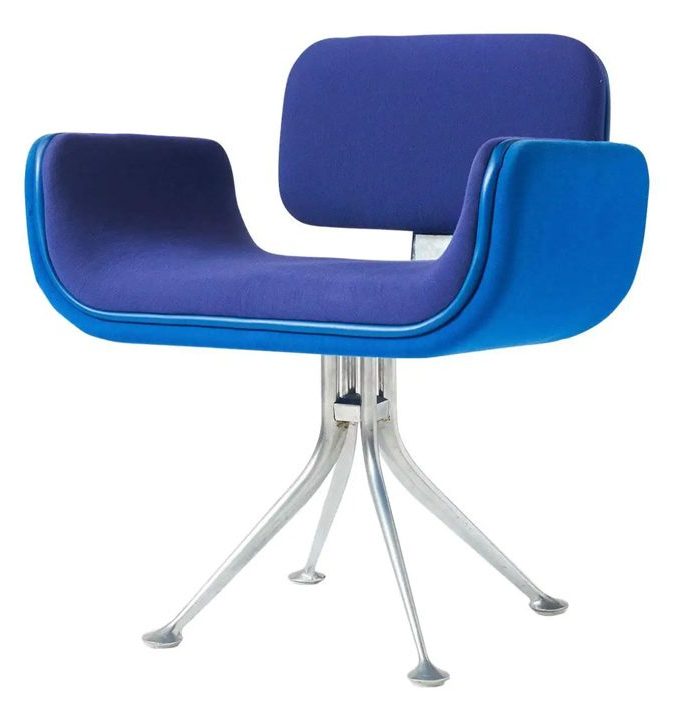

Are any countries or movements, like Bauhaus or the Italian Expressionists or Futurists, particularly close to your heart?
Ulla: Our preference is for the Italian modernist movement, beginning in the late 50s and early 60s, as well as Italian Futurism, e.g. by Joe Colombo, which can also be summarised under the term ‘Space Age’.
Mathias: The modernist movement in Italy was also characterised by experimentation and testing, especially in the technical and technological field. For example, with the inflatable furniture by Zanotta or with designers like Gaetano Pesce, who started experimenting with synthetic resin. When it came to experimenting and developing, the Italians were just as innovative as the Germans – but perhaps sometimes showed a little more humour and anarchic joy in provocation.
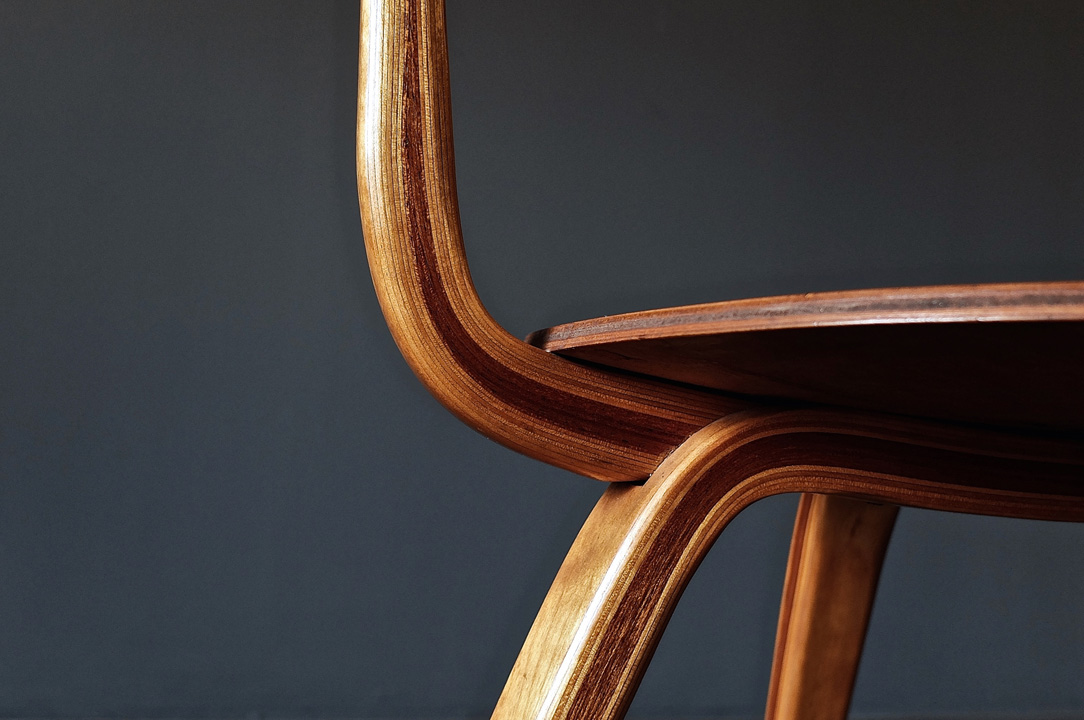
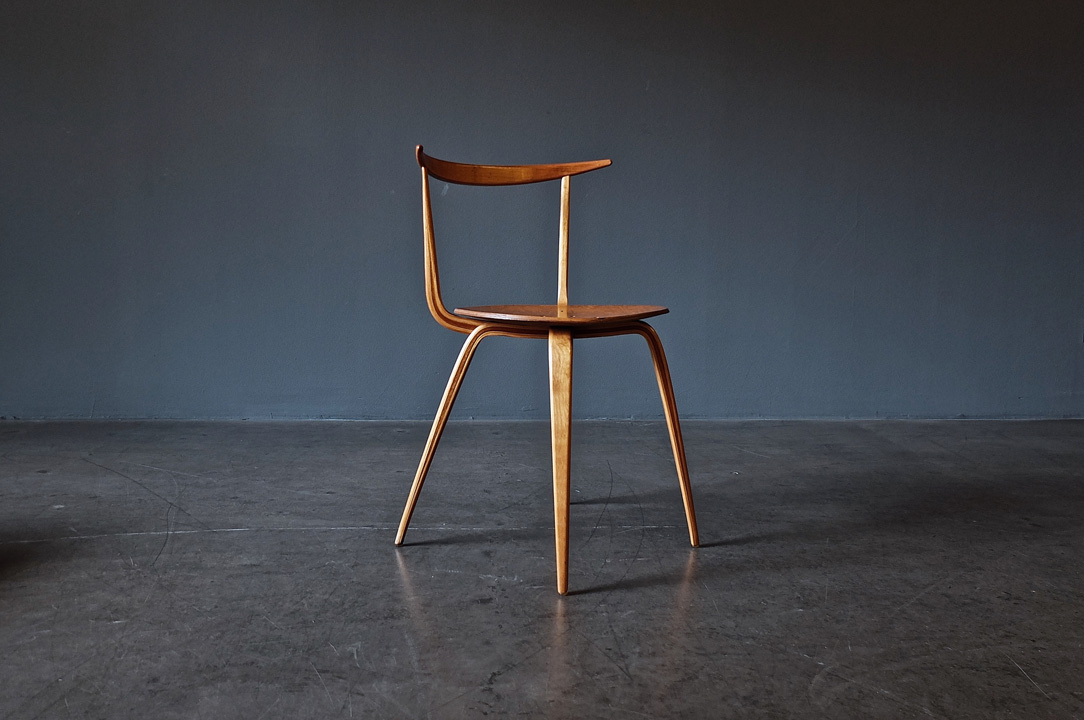
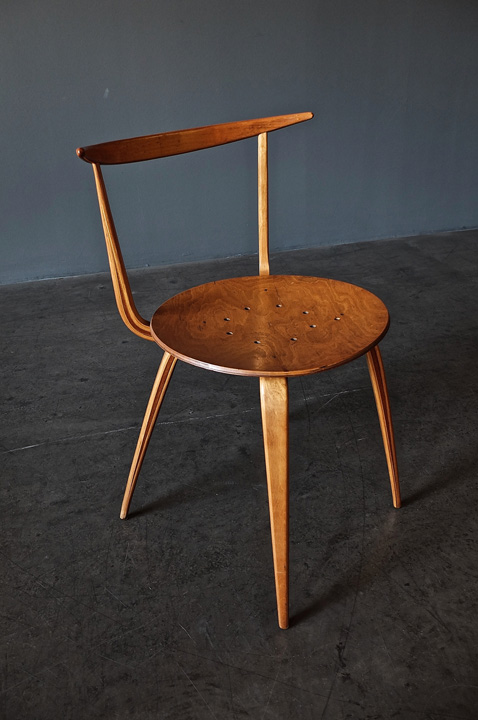
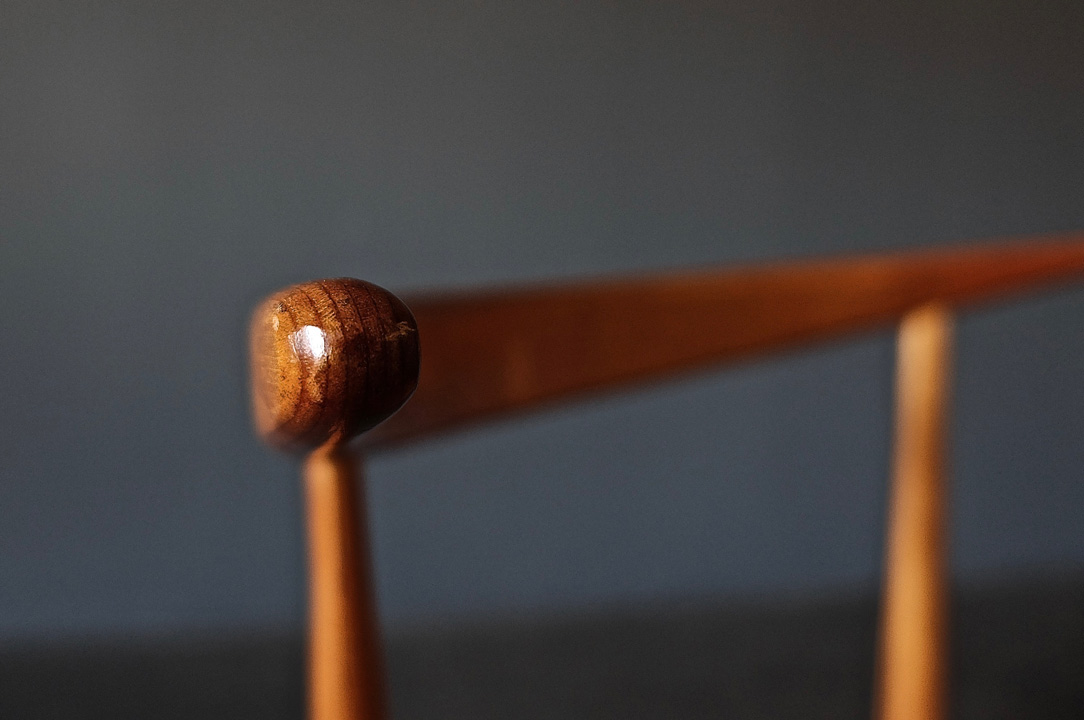
How do you assess the quality and dynamics in the current furniture design universe?
Ulla: The scene is fantastic. We deal in vintage furniture, but I detest mono-cultures. You should mix everything. There are exciting things happening in Europe, for example with designers like Sabine Marcelis and Faye Toogood.
There are also many exciting innovations in materials. You can now grow algae to make vases or you can make wall coatings from the inside of sunflower stalks and it looks like the finest Italian terrazzo and is very good for acoustics. So there is a lot of innovation in this field. On the other hand, the new generation also has a very hard time inventing something new given that the output of the 20th century was so fulminant and rich.
Mathias: For me, a good example of a real innovation from the current design context was the Chair One by Konstantin Grcic in 2004. Suddenly, a whole new world opens up and aspects of biomorphic design also become relevant in terms of design. Or the very recent experiments with furniture and entire houses made with 3D printers.
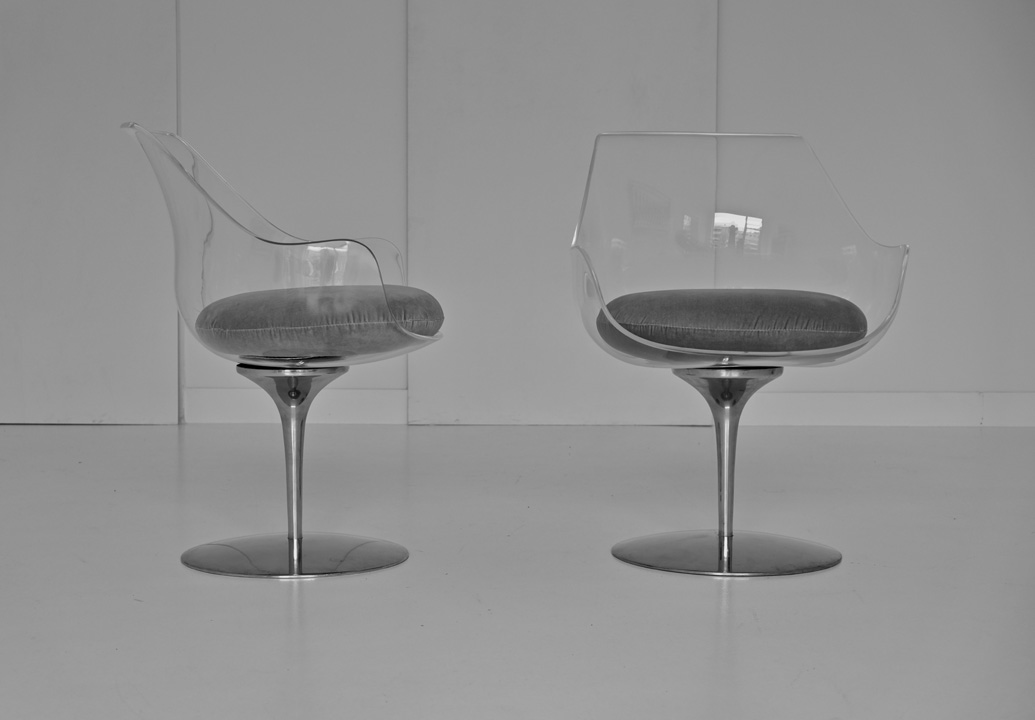
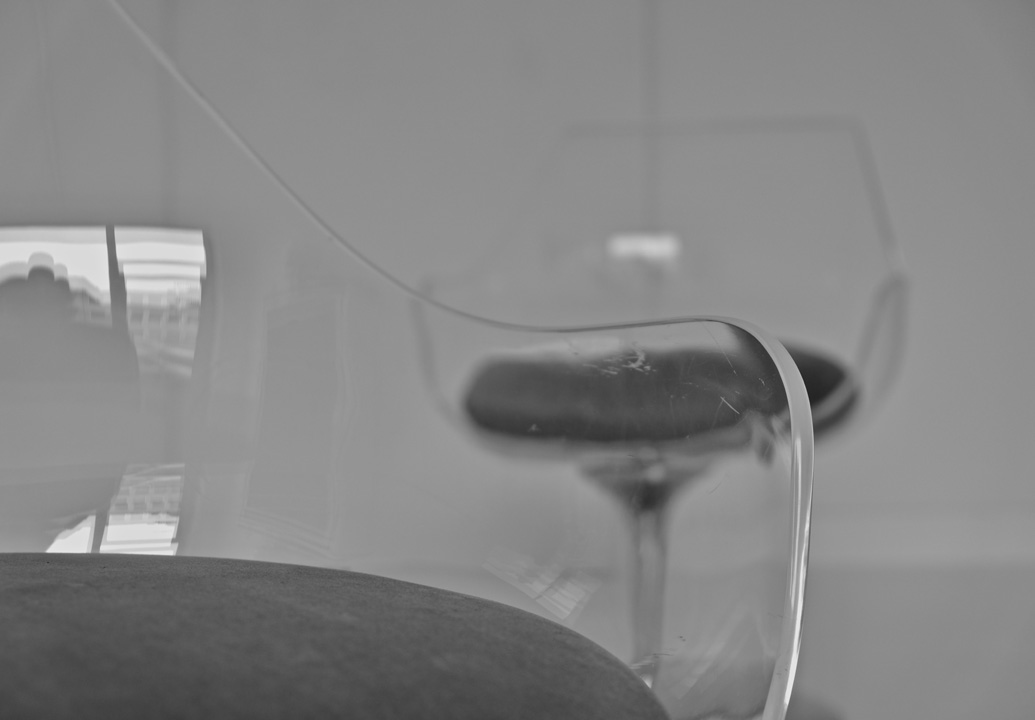
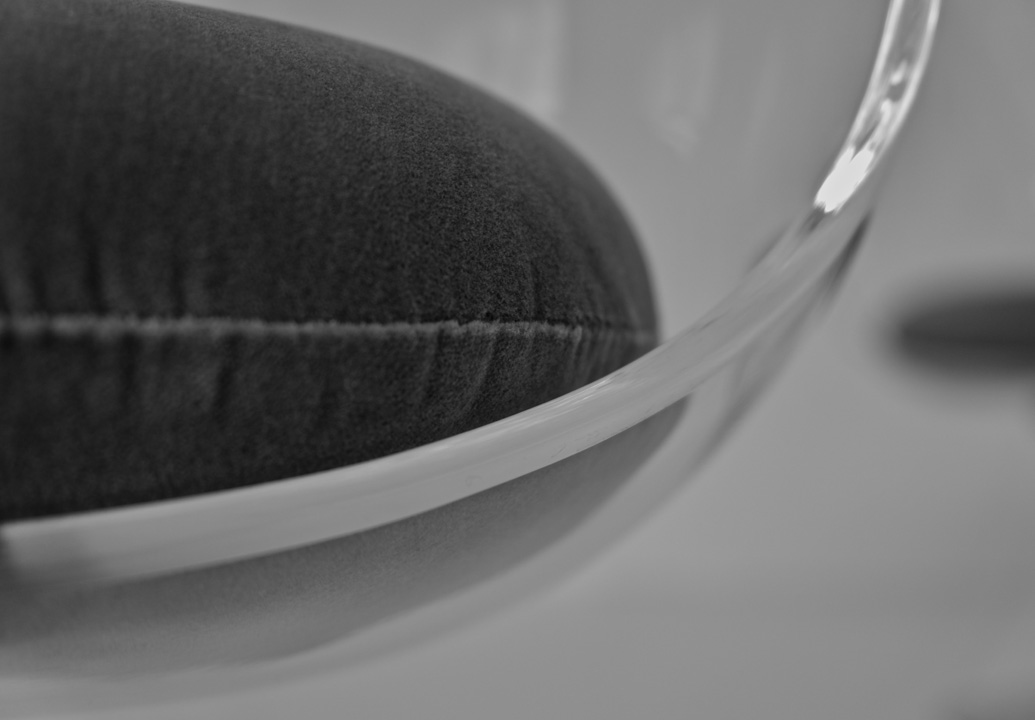
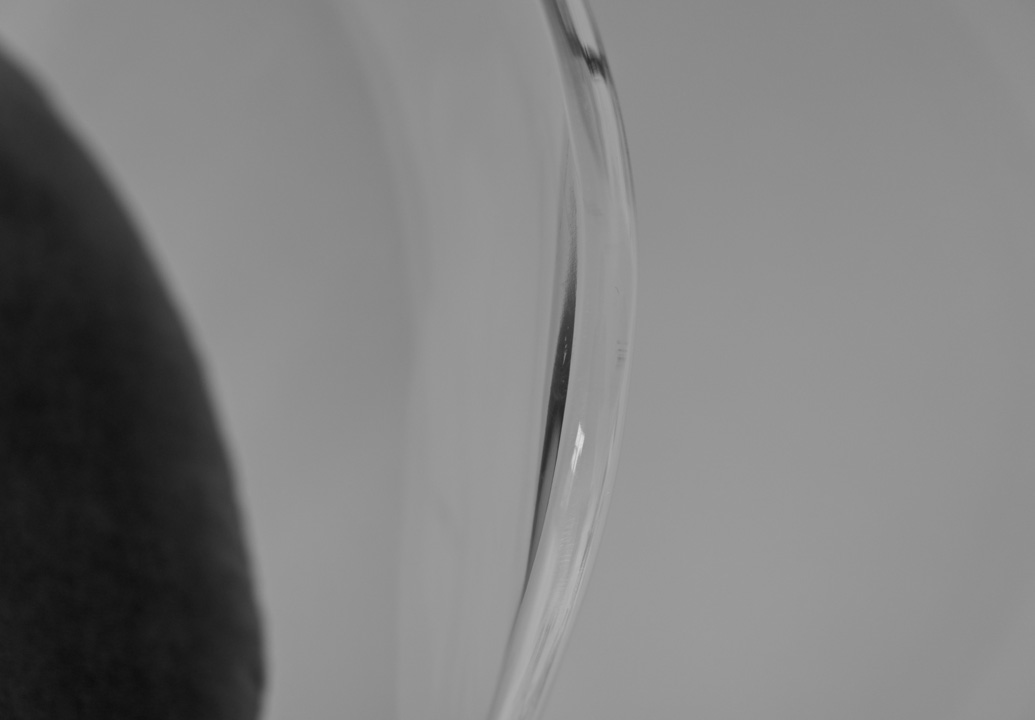
Let me come back to Eames for a moment: beyond the aficionados, very few people know that Ray Eames, Charles’ wife, was the definitive artistic force. It is said that Ray knew what art was and Charles knew that she knew. So, do we have Ray to thank for the iconic Lounge Chair?
Ulla: No one can say that for sure. But the two of them were definitely a brilliant team who were lucky enough to have found each other and to have recognised each other’s talent. Ray studied art, Charles was an architect. There were many women artists and designers in the last century, such as Charlotte Perriand, whose importance was deliberately ignored because women simply didn’t have a lobby in the industry and the media.
Mathias: Speaking of Charlotte Perriand: Le Corbusier’s furniture pieces are called LC1, LC2, etc. LC stands for Le Corbusier, but it was usually the trio Corbusier, Perriand and Jeanneret who devised and manufactured them.
Ulla: For many pieces of furniture, it is now proven that Charlotte Perriand was instrumental in defining the design, even though Le Corbusier was officially printed on it. Two years ago in Paris, there was an extraordinarily good and comprehensive exhibition on Charlotte Perriand by the Fondation Louis Vuitton, which finally put her work in the appropriate light and staged it alongside art by Fernand Léger and Picasso. Two artists with whom she actually collaborated, was friends with and who shared her reflective perspective on politically troubled times.
That’s actually the wonderful thing: if you’re interested in design, it isn’t exclusively about form, function and creativity. Only the connections in the historical-political context make design come alive and really exciting. You are rewarded with great stories and insights if you want to understand why something came into being and why it prevailed.
Thank you, Ulla! Thank you, Mathias!


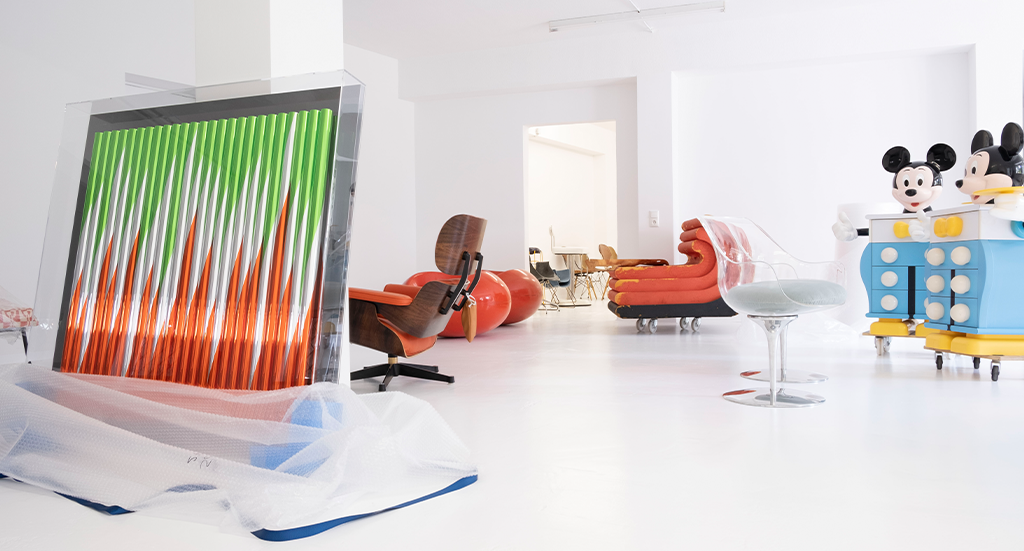

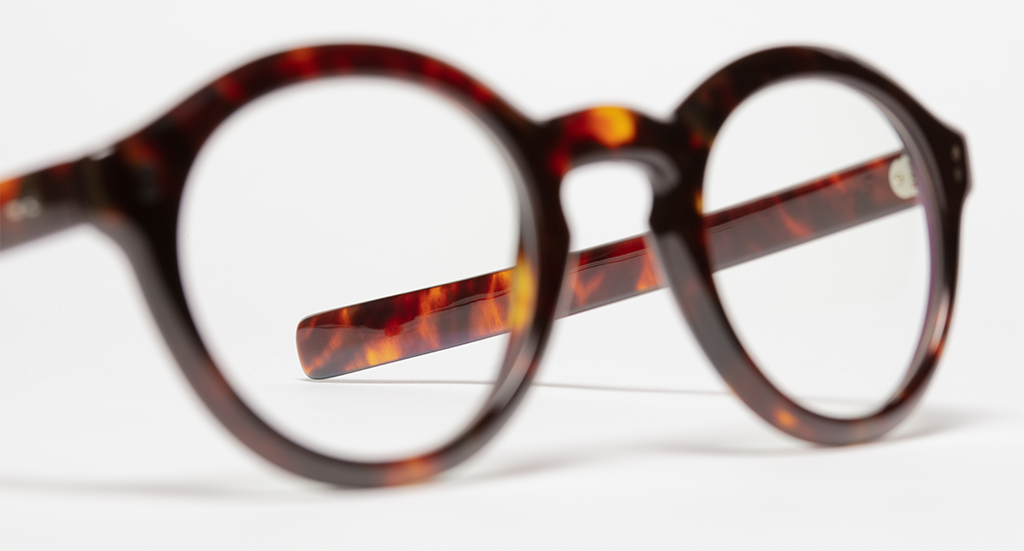

Join our Community